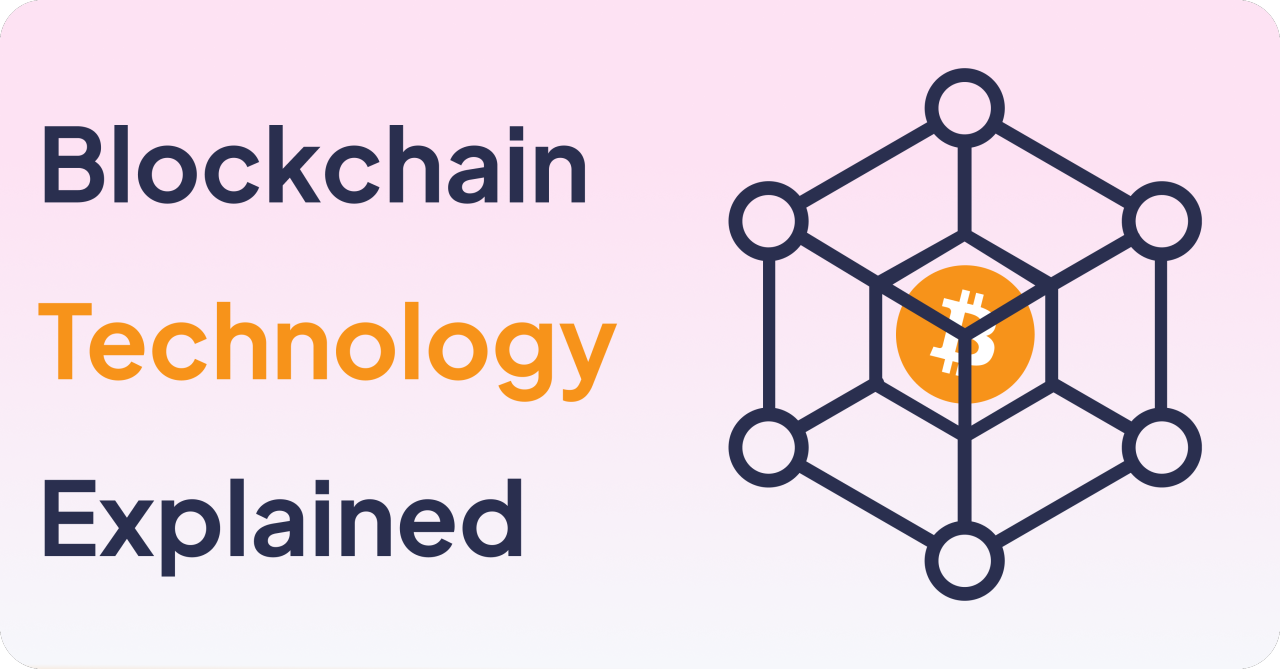Demystifying Blockchain Technology for Software Professionals

In today's rapidly evolving technological landscape, blockchain technology emerges as a transformative force with profound implications across various industries. Originally conceptualized to support the digital currency Bitcoin, blockchain has since transcended its initial application, presenting a revolutionary approach to enhancing transparency, security, and efficiency in digital transactions. This technology is now pivotal in reshaping sectors including finance, healthcare, supply chain management, and beyond, by offering a robust alternative to traditional centralized systems.
Blockchain technology is fundamentally a decentralized and distributed ledger system. It operates on a network of computers (nodes) that collectively maintain and validate a continuous list of records, called blocks, secured by cryptographic principles. Each block contains a cryptographic hash of the previous block, a timestamp, and transaction data, making it inherently resistant to data modification. This architecture not only ensures the integrity and transparency of the data but also eliminates the need for a central authority, thereby reducing potential points of failure and enhancing security (Albany Beck).
Blockchain's ability to enforce transparency and security without the need for centralized control makes it particularly attractive for applications that require stringent data integrity and accessibility. As we delve deeper into the mechanics and implications of this technology, we'll explore how it is not just revolutionizing financial transactions but also paving new paths for global business practices and governance.
The concept of blockchain technology traces its roots back to the early days of cryptography. In the 1980s and 1990s, researchers like David Chaum and Stuart Haber began exploring cryptographic solutions to digital time-stamping and secure communications, which laid the groundwork for later blockchain developments (Built In). The first practical implementation came with Bitcoin in 2009, introduced by an individual or group under the pseudonym Satoshi Nakamoto. Bitcoin's creation marked the first fully functional use of blockchain as a decentralized ledger for transactions without needing a central authority. This innovation sparked a wave of developments and new cryptocurrencies, each expanding upon the original idea with new features and capabilities.
At its core, blockchain technology consists of several key components that ensure its functionality and security:
The design of blockchain is characterized by several intrinsic properties that define its functionality and appeal:
Blockchain operates on a decentralized network architecture, which means that it does not rely on a central point of control. Instead, blockchain technology spreads its operations across a network of computers (nodes), each holding a copy of the entire ledger. This structure is fundamentally different from traditional centralized systems, where a single entity holds the authority and responsibility for maintaining the integrity and security of the data.
Advantages of Decentralization:
Consensus mechanisms are critical in ensuring that all nodes in a blockchain network agree on the validity of transactions. They are fundamental to maintaining the integrity and security of the distributed ledger.
Blockchain supports more than just the recording of transactions; it also enables smart contracts and the development of decentralized applications (DApps).
While blockchain is widely recognized for its role in powering cryptocurrencies like Bitcoin and Ethereum, its applications extend far beyond just digital currencies. Blockchain's inherent qualities such as decentralization, immutability, and transparency make it suitable for a variety of other uses in different sectors:
One of the most significant challenges facing blockchain technology is scalability. The scalability trilemma, a concept often discussed in the blockchain community, refers to the difficulty of achieving high scalability, security, and decentralization simultaneously. Current blockchain networks like Bitcoin and Ethereum can handle only a limited number of transactions per second, which creates bottlenecks as the network grows (Nomura Connects).
Additionally, the energy consumption associated with blockchain technologies, particularly those that use Proof of Work (PoW) consensus mechanisms, is substantial. The mining process in PoW requires a considerable amount of computational power, leading to high energy usage and environmental concerns. This has prompted the industry to explore more energy-efficient consensus mechanisms such as Proof of Stake.
Solutions to these challenges are actively being researched and developed. Innovations such as layer-two scaling solutions (like Lightning Network for Bitcoin), sharding, and sidechains are being tested to enhance transaction speeds without compromising security or decentralization.
Looking ahead, the integration of blockchain technology with other cutting-edge technologies such as artificial intelligence (AI) could lead to more intelligent and autonomous blockchain networks. AI could potentially enhance the efficiency of consensus mechanisms and improve security protocols, making blockchains more adaptive and faster (Albany Beck).
Improvements in scalability will continue to be a major focus. Innovations like Ethereum 2.0, which transitions the network from PoW to PoS, aim to address the current limitations related to transaction throughput and energy consumption. These improvements are critical as they will enable blockchain to support high-volume applications beyond what is currently feasible.
Furthermore, as blockchain becomes more mature, we can expect to see its applications expanding into new areas. For instance, blockchain could play a pivotal role in the development of decentralized digital identities or in automating complex legal and financial contracts through more advanced smart contracts. The exploration of blockchain in sectors such as digital voting, real estate, and even energy management shows the broad potential of this technology.
Throughout this exploration of blockchain technology, we have uncovered the foundational mechanisms that make blockchain a revolutionary technology. Starting with its origins and development, we have seen how blockchain extends beyond cryptocurrencies to offer robust solutions across various sectors including finance, healthcare, supply chain management, and more. Key aspects such as decentralization, immutability, and transparency are what make blockchain technology uniquely positioned to enhance security and efficiency in digital transactions and data management.
We discussed the technical challenges blockchain faces, particularly in terms of scalability and energy consumption, and how the community is responding with innovative solutions like Proof of Stake and layer-two protocols. The integration of blockchain with other advanced technologies such as artificial intelligence promises to further enhance its capabilities and applications.
As blockchain technology continues to evolve and reshape industries, it is crucial for software professionals and industry leaders to stay informed about the latest developments and emerging trends. Engaging with ongoing research, participating in blockchain development, and exploring new applications of this technology are essential steps for those looking to leverage blockchain's potential fully.
For those interested in being at the forefront of technological innovation, delving deeper into blockchain represents not just an opportunity to enhance current systems but also to be part of defining the future of digital transactions and data security. As we move forward, the exploration and adoption of blockchain will undoubtedly continue to offer exciting opportunities for innovation and transformation across the digital landscape.
1. What is blockchain technology?
Blockchain is a decentralized digital ledger that records transactions across multiple computers in a way that the registered transactions cannot be altered retroactively. This technology is foundational for phenomena such as cryptocurrencies and digital contracts.
2. How does blockchain work?
At its core, blockchain operates by packaging information into blocks that are linked and secured using cryptography. Each block contains a cryptographic hash of the previous block, a timestamp, and transaction data, forming a chain.
3. What are the key advantages of using blockchain?
Blockchain technology offers major advantages such as enhanced security, increased transparency, improved traceability, increased efficiency and speed of transactions, and reduced costs by eliminating middlemen.
4. What are smart contracts and how are they related to blockchain?
Beyond digital currencies, blockchain is used in various fields such as supply chain management, healthcare for secure patient data management, real estate for streamlining transactions, and in voting systems to ensure transparency and reduce fraud.
5. What are some common applications of blockchain technology beyond cryptocurrencies?
Beyond digital currencies, blockchain is used in various fields such as supply chain management, healthcare for secure patient data management, real estate for streamlining transactions, and in voting systems to ensure transparency and reduce fraud.
6. What are the challenges facing blockchain technology?
Key challenges include scalability, as current blockchain solutions can be slower compared to traditional databases; privacy concerns, since the ledger is transparent; and energy consumption, particularly with blockchains that use proof-of-work consensus mechanisms.

By adopting tools like AI, predictive analytics, and cloud-based command systems—and by integrating them through Virtual Delivery Centers—COOs can convert uncertainty into action and fragility into resilience.